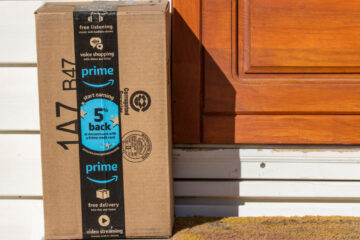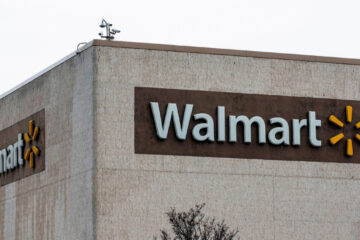This Cat must have more than nine lives.
On April 15, 1925, when Calvin Coolidge was in the White House, Benjamin Holt and C.L. Best merged their two heavy-construction-equipment firms to create Caterpillar Tractor Co.
💸💰Don’t miss the move: Subscribe to TheStreet’s free daily newsletter 💰💸
Over the next 100 years Caterpillar (CAT) would become the world’s largest manufacturer of construction equipment.
The company provided vital equipment to the U.S. armed forces during World War II.
Caterpillar tractors were used extensively by the Seabees, the U.S. Navy’s construction battalions, to build airfields, barracks, port facilities and other crucial infrastructure in the Pacific theater and other locations.
Caterpillar executives expressed concern about tariffs.
Caterpillar CEO: Company can manage tariffs
The company grew rapidly during the postwar construction boom, as Caterpillar capitalized on the massive demand for highways, dams and other construction projects.
Today, Caterpillar has found a place in the tech world as its generators are a hot commodity among developers of computer data centers. Demand for data centers is increasing rapidly, driven by the growth of cloud computing and AI.
Caterpillar is a major manufacturer of diesel generator sets, a common choice for data-center backup power.
The Irving, Texas, company missed Wall Street’s first-quarter earnings expectations in April and new CEO Joe Creed told analysts that “the potential impact of tariffs has increased uncertainty and the situation remains fluid.”
“Throughout our history, we’ve demonstrated the ability to navigate many different environments.” said Creed, who on May 1 succeeded Jim Umpleby as chief executive.
“I’m confident we’re well-positioned to manage the impact of tariffs over time. Caterpillar is a global company and we have manufacturing locations around the world.”
More Economic Analysis:
Fed inflation gauge sets up stagflation risks as tariff policies biteU.S. recession risk leaps as GDP shrinksLike it or not, the bond market rules all
China is an important market for Caterpillar, representing around 5% to 10% of its total business sales. During the April 30 quarterly earnings call Creed said “China has shown positive momentum in the 10-ton-and-above excavator industry but from a very low level of activity.”
Chief Financial Officer Andrew Bonfield said: “Given the uncertainty of what tariff rates could be and the timing of any additional mitigation actions that we may take once the situation becomes clearer, it is not possible to derive an accurate estimate of the net full year impact of tariffs.”
Umpleby had described “a very dynamic situation depending on what the administration in the end decides to do around tariffs.”
“And so there have been certain statements made by members of the administration on China, for example, that the current tariff levels are not sustainable,” he said, adding that “we’re cautiously optimistic here that there will be some trade deals struck and that the tariff impact will be lower than it is currently.”
Well, that optimism appears to have paid off.
Analyst sees improvement going into 2026
The U.S. and China agreed to a 90-day pause on most of their recent tariffs. The combined U.S. tariff rate on Chinese imports will be cut to 30% from 145%, while China’s levies on U.S. imports will fall to 10% from 125%.
Baird analyst Mircea Dobre upgraded Caterpillar to outperform from neutral on May 13 with a price target of $395, up from $309. That new target indicates 12.5% upside from CAT shares’ current level. And it’s the second time this month that Dobre upgraded his rating of the company and boosted the stock price.
At the end of the first quarter, a combination of lower-than-normal seasonal dealer inventory buildup, a much better-than-expected backlog, and stabilized dealer retail sales all pointed to potential fundamental improvement into 2026 for Caterpillar, the analyst said.
Related: Veteran portfolio manager buys several stocks after US-China trade deal
Dobre said eased tariff impacts “[add] weight” to 2025 as a trough earnings year for the company and are likely to drive an expanded multiple for the shares.
This should allow Caterpillar shares to catch up with the S&P 500 after it underperformed by 15% over the past year, the analyst added.
On May 1 Dobre had upgraded Caterpillar to neutral from underperform with a price target of $309, up from $300.
Back then, he’d said the fundamental catalysts warranting a negative view on Caterpillar — namely, needed destocking at dealers and a reset of margins downward — were at that point baked into the company’s fundamentals and expectations.
Dobre said he saw some positive signs going forward, including CAT’s better-than-expected dealer inventories, more resilient demand, and a “prudent approach” to pricing versus cost management in dealing with tariffs.
Related: Veteran fund manager unveils eye-popping S&P 500 forecast


